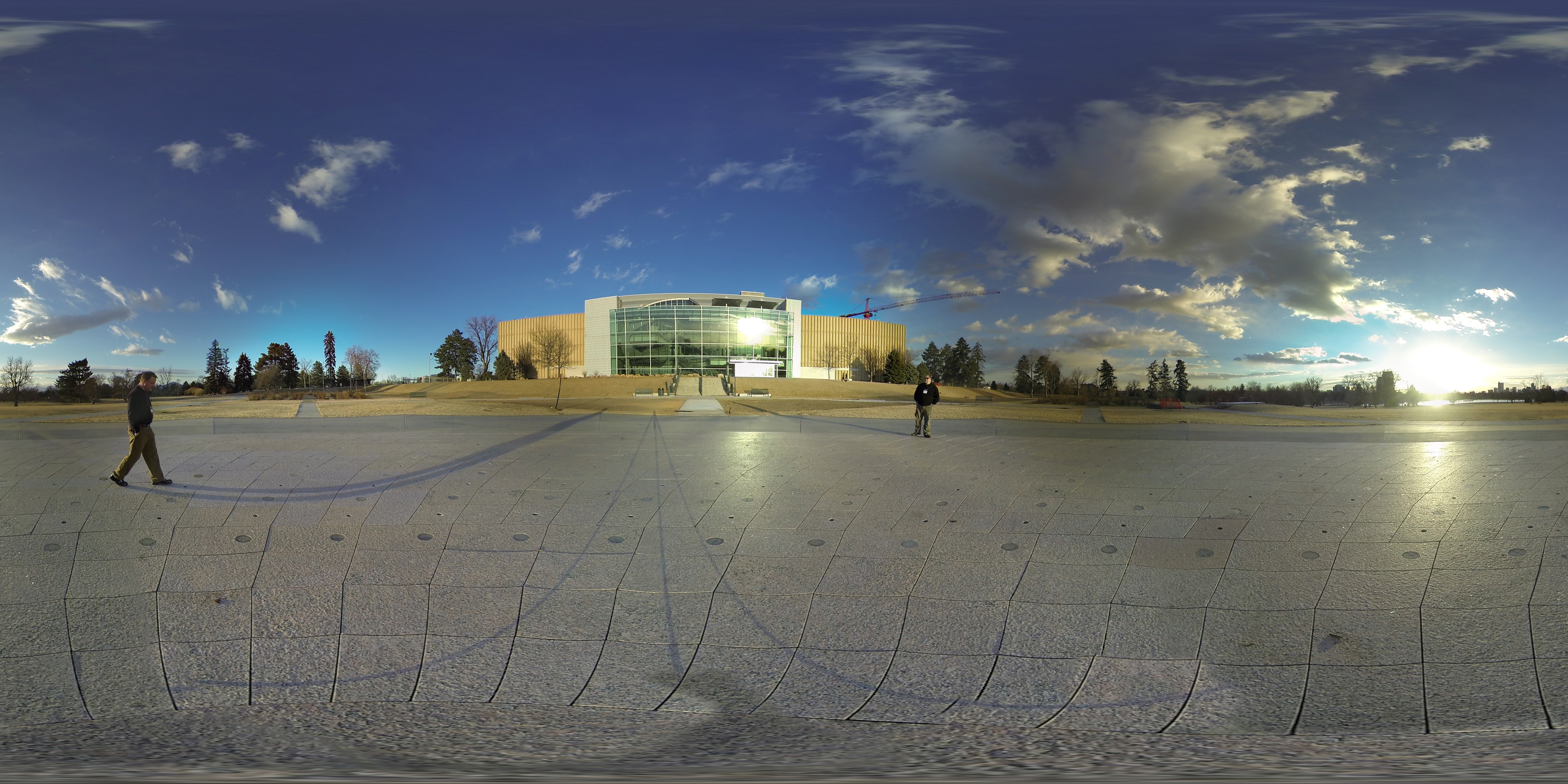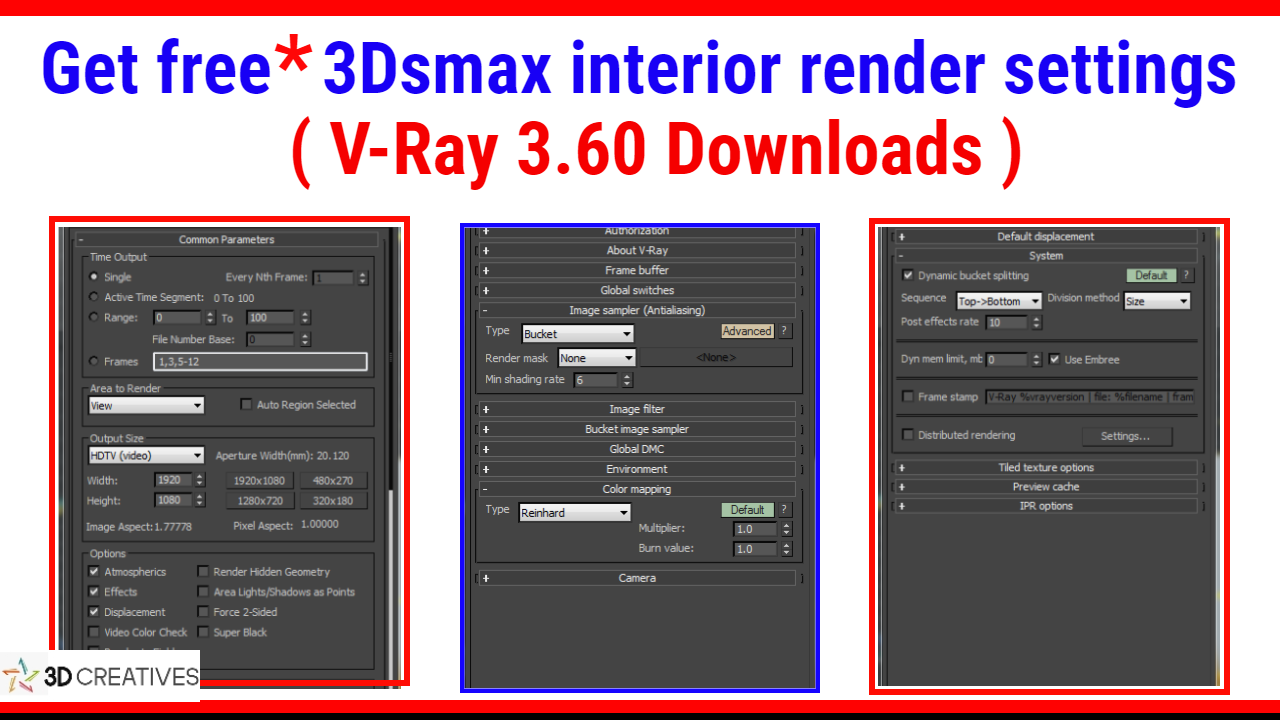

- Autopano video 3 video resolution settings how to#
- Autopano video 3 video resolution settings software#
What Features Should 360 Video Software Have? These best 360 video stitching software programs can be more or less user-friendly and allow you to create great looking 360 degree videos with ease. Some of the top 360 video stitching software includes StereoStitch, Mistika VR, and Mocha VR. What are the top 360 video stitching software? If you don’t have all of the pieces, there will be a visible gap.

Just think about what it would be like to put together a 3D puzzle. It’s critical to cover all angles to prevent any problems when combining the recordings together.Įach one of these videos is then stitched together to cover a 360-degree by 180-degree field of view. To ensure that there are no blind spots in the final 360-degree video, each of the videos must have overlap. When you stitch a 360-degree video, you’re stitching together videos from multiple cameras with overlapping fields of view. Of course there is some waiting involved depending on the number of images, the quality/resolution of each image, and the power of the software as well as the machine doing the processing. This incredible technology allows the user to input all of the images from the camera(s) and with a few clicks of the mouse get a 360 panoramic video. How does 360 video stitching software work? They can run AI algorithms on the videos to count road signs, detect cracks in the road surfaces, and determine where new stop lights should be added. Many mapping and surveying companies likewise capture data once, stitch it together and use it over and over again. Being able to drive a street once and then look back at it whenever necessary or compare the change in streets and infrastructure is also vital for real estate companies and insurance agencies. They can then process this data into stitched, 360-degree videos and revisit neighborhoods, towns, and cities where they are working. This includes the telecom and utility industries who use 360-degree mobile mapping cameras or similar systems to capture data. However, there are a variety of other industries that need 360-degree videos in order to enhance their workflows and allow for more efficient look-back opportunities. The most common and popular uses for 360 degree videos typically include virtual reality (VR), education, marketing, and entertainment. How are 360 degree videos used?ģ60 degree videos are becoming increasingly popular, as they offer a more immersive experience than traditional videos.

(The final video dimensions will be very high resolution, on the order of 6k horizontal pixels, so I'd strongly prefer not to say "Just render it extra extra big and then use After Effects to crop out the center.How to create VR ready experiences with 360 videos? With 360 video stitching software for Macs and PCs What is 360 video stitching software?ģ60 video stitching software is used to create 360 degree panoramic videos from photos which were captured with multiple cameras or from one camera but at multiple angles. Using either of these two video-stitchers-or any other process-how can I get Hugin-like cropping of my videos? pto file I thought this should include the crop.) The videos they produce are always a small region of the video inside a sea of black: (With VideoStitch Studio I even load the Hugin.
Autopano video 3 video resolution settings how to#
However, when I bring the two videos into either VideoStitch Studio or AutoPano Video I can get the two videos synchronized and calibrated, but I cannot figure out how to crop the projection to include the region of interest. (Ignore the phantom hand and unblended screenshot) When I bring two (synchronized) video frames into Hugin as pictures, I can set up a stitch and projection and crop… The desired end result is about 190° horizontal, 45° vertical. Summary: How do I get VideoStitch Studio, AutoPano Video, or any other video stitcher to properly crop an equirectangular or cylindrical projection?ĭetails: I am creating a wide-angle video from two GoPro (120° HFoV each) overlapped by about 50%.


 0 kommentar(er)
0 kommentar(er)
